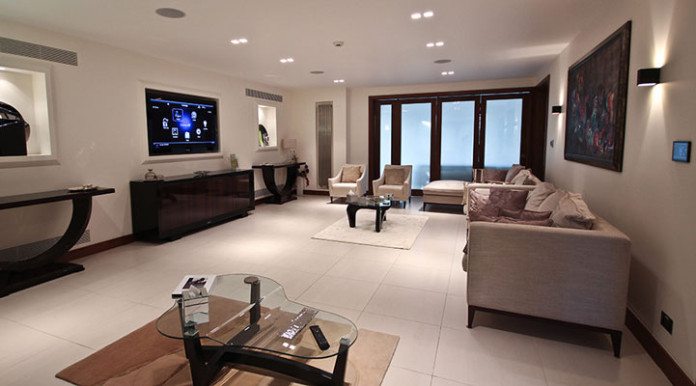
For the people that have, use, and love home automation, it can seem absurd that everyone isn’t using it. Home automation tech is so relevant – security! convenience! entertainment! – and interesting, but it’s true that the general population isn’t yet convinced that it is the future.
While it is true that we have a loooooong way to go before we bring the Jetsons life into scope or before we have our own SARAH homes running the show (OK, between those two references, I hope everyone got at least one), it’s also true that we’re taking the first steps in that direction.
So, why aren’t we more excited about this, as a population? The struggle is that right now, the only users are those that are already well-versed in tech, or that are willing to learn all the tech lingo. It’s hard to design for the masses when they aren’t using the product. It’s a mad world out there, and home automation still has some major issues that are preventing it from having mainstream trust.
Industry Standards
Home automation is still a pretty open market, and the only standards that exist are the standards that each company creates itself. Simply stated, each company’s device uses its own techniques, language, lingo, and frequencies. There isn’t one set of clear standards that can work together to unite the home automation industry, or to bring consumers and wallets calling. Without these standards, consumers remain confused a frustrated about a service that they might already be timid about. If someone is on the fence about whether or not to get on the home automation train, and they can barely even get through the purchasing stage, they are likely to back out completely. Consumers also hate to feel like they are getting put into a box. They don’t want to be limited to one set of products because their hub won’t communicate with other products.
Ease of Use
Smart home tech is meant to make life simple, but the setup can be anything but simple. Devices and hubs need to be easier to setup and manage, even to people that aren’t tech savvy. Not everyone knows what their IP address is, or what it has to do with anything. The use of smart home needs to feel easy and meaningful. Consumers need to feel comfortable with their purchase – the look, the packaging, the pre-loaded recommended settings, the usability – and they need to feel like there is support available to them if needed.
Privacy
There aren’t many issues that resonate stronger with the general public these days than their privacy. While home automation tech positions itself as a way to help make your psychical home more secure, consumers aren’t convinced that it makes their digital life more secure. In fact, the more tech people use, the more vulnerable they feel. With store, bank, and game hacks happening all the time, consumers do not want to add more tech to their lives – especially tech from a still-emerging field. Right now, consumers don’t have much protection or a standard of rights with home automation, and they also can’t really control (or delete) their data.
What do you think is holding home automation back from the masses?
Photo by: Multimedia Tech




